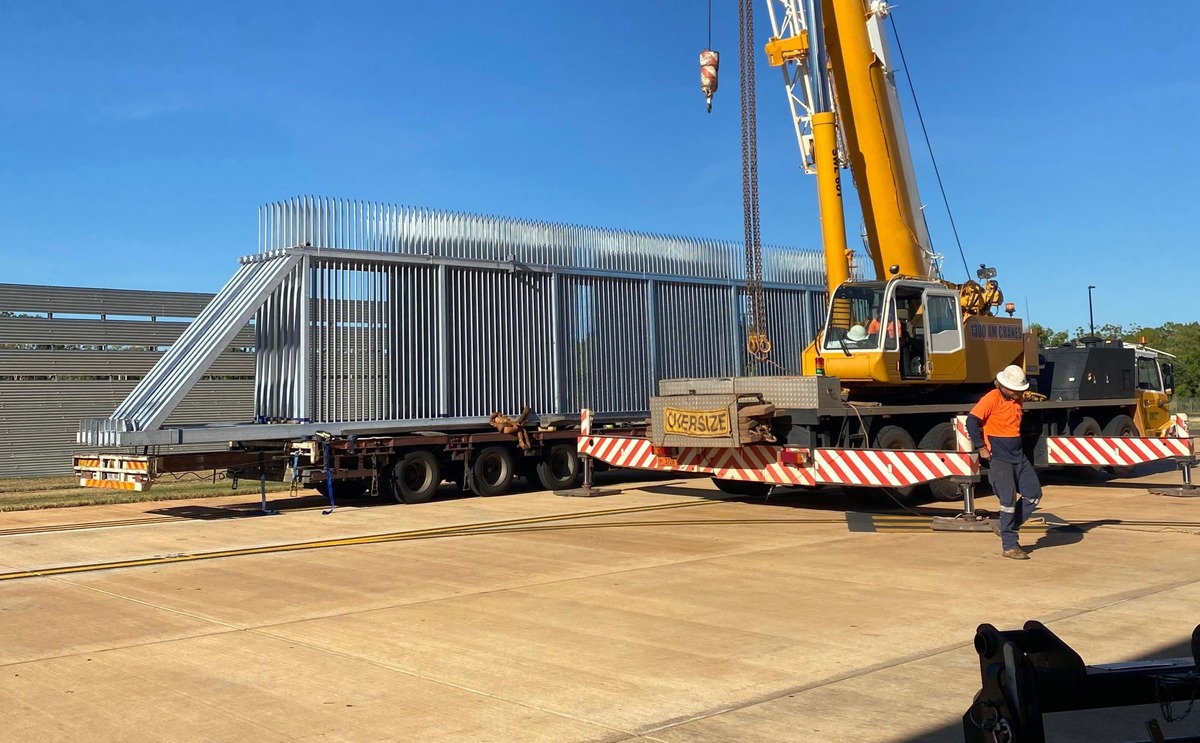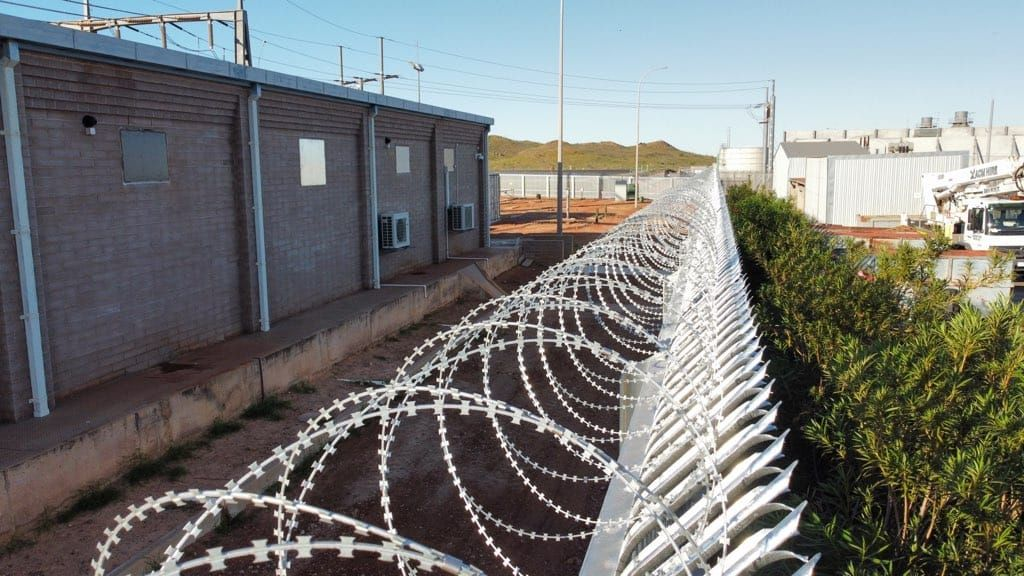Blog
Comparing Fence Materials: Which is Best for Australian Climates?
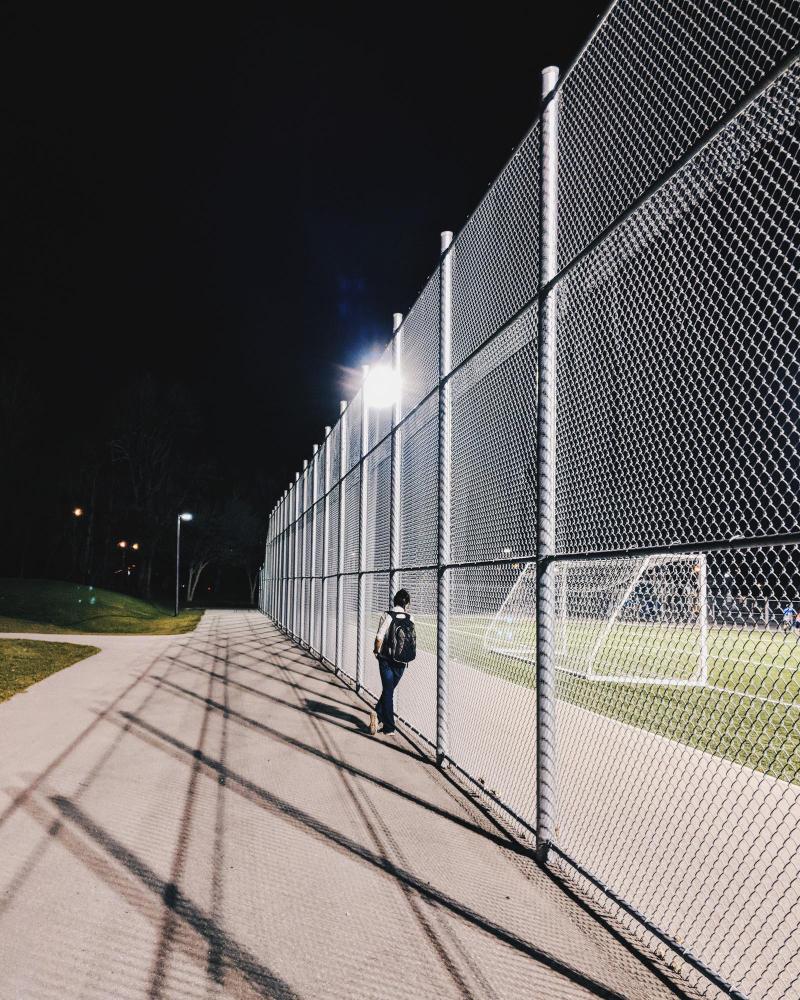
When selecting the best fencing material for your property in Australia, it’s essential to consider the unique climatic conditions that can vary significantly across the country. From the scorching heat and dryness of the outback to the salty coastal air and the temperate climates of the southern regions, your choice of fencing material must withstand these diverse environmental challenges. In this blog, we’ll compare various fencing materials to help you determine which is best suited for Australian climates.
1. Timber Fencing
Timber fencing remains a popular choice for many homeowners and businesses due to its natural aesthetic appeal, versatility, and the warmth it adds to outdoor spaces. In temperate climates with moderate temperatures and low humidity, such as parts of Victoria and Tasmania, timber fencing offers several advantages that make it a practical and attractive option.
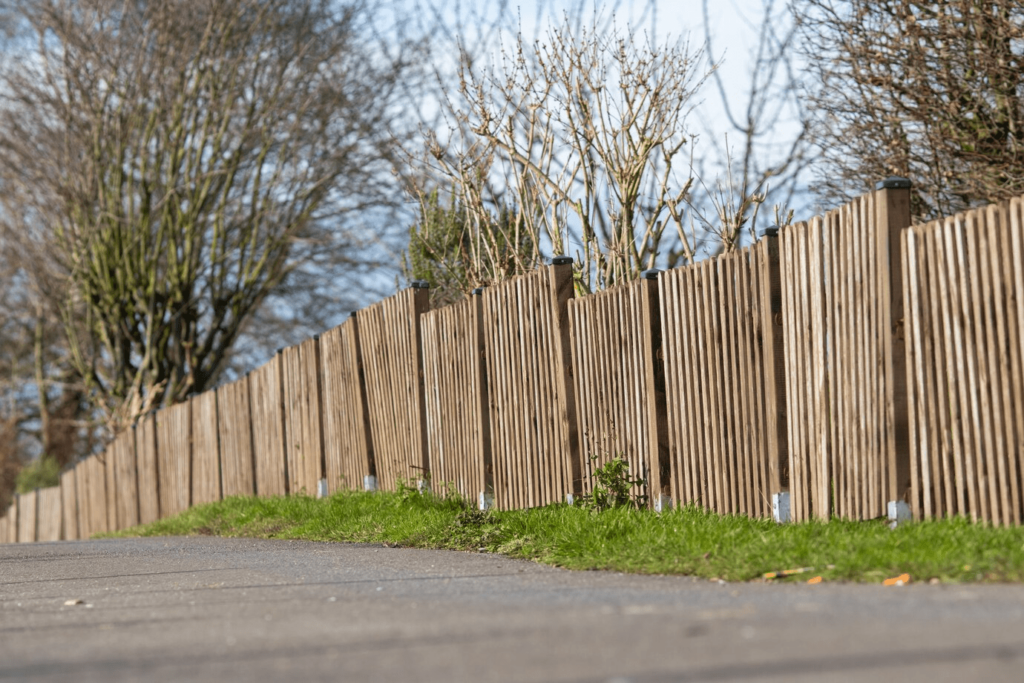
Pros
Cons
- Aesthetic Appeal: Timber fences offer a natural and classic look that can complement many types of landscapes.
- Versatility: They can be painted or stained to match your property’s style.
- Privacy: Solid timber fences provide excellent privacy and security.
- Aesthetic Appeal: Timber fences offer a natural and classic look that can complement many types of landscapes.
- Versatility: They can be painted or stained to match your property’s style.
- Privacy: Solid timber fences provide excellent privacy and security.
2. Colorbond Steel Fencing
Colorbond steel fencing is a highly durable and versatile fencing solution widely recognized for its suitability in challenging environments. Specifically, it excels in coastal areas and arid climates, such as those found in Western Australia and the Northern Territory. The material’s unique properties make it an ideal choice for regions where durability and resistance to corrosion are paramount.
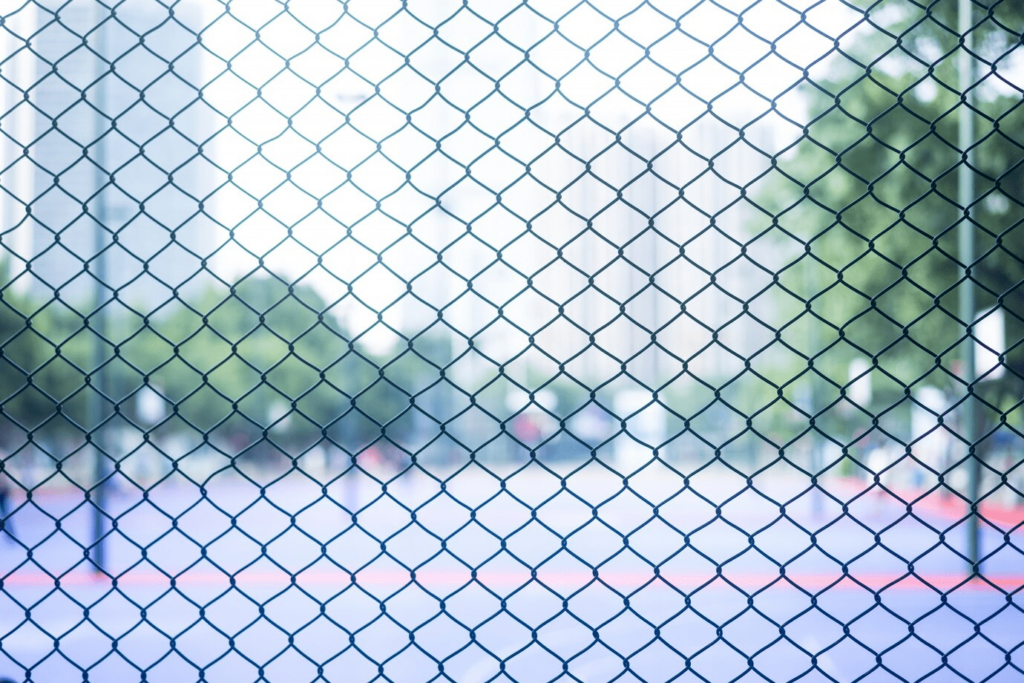
Pros
Cons
- Durability: Colorbond steel is highly resistant to rust, corrosion, and weather damage.
- Low Maintenance: It requires minimal upkeep, with no need for painting or staining.
- Variety: Available in a range of colors and styles to suit different aesthetic preferences.
- Cost: Higher initial cost compared to timber, but lower maintenance costs over time.
- Heat: Can get very hot to the touch in direct sunlight, which might be a consideration in hotter regions.
3. PVC/Vinyl Fencing
Colorbond steel fencing is a highly durable and versatile fencing solution widely recognized for its suitability in challenging environments. Specifically, it excels in coastal areas and arid climates, such as those found in Western Australia and the Northern Territory. The material’s unique properties make it an ideal choice for regions where durability and resistance to corrosion are paramount.
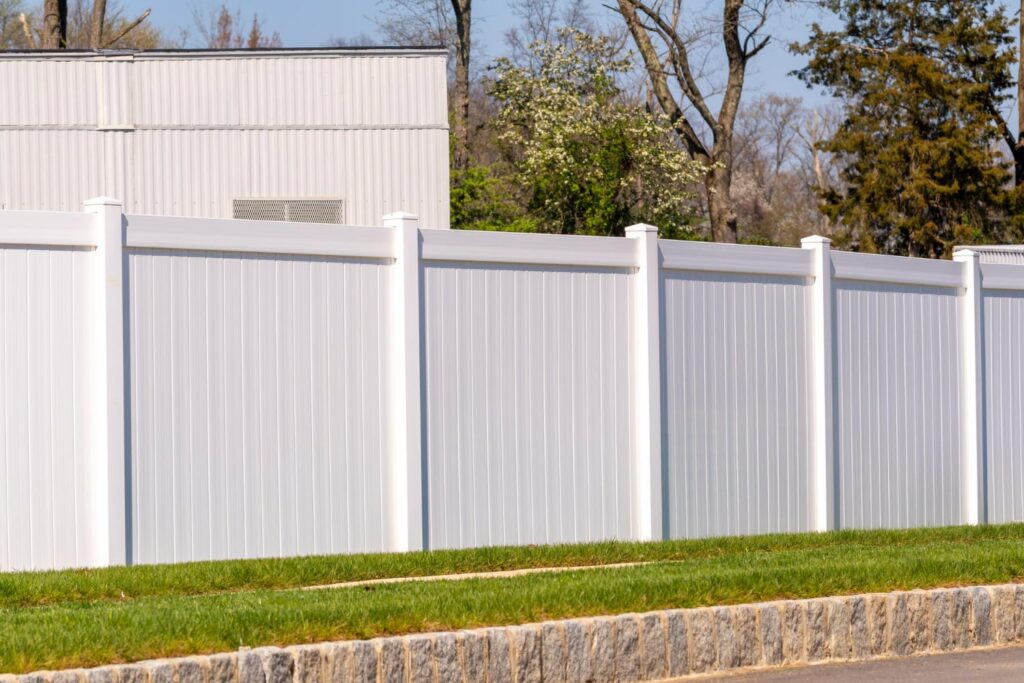
Pros
Cons
- Low Maintenance: PVC fences are resistant to rot, termites, and corrosion.
- Durability: They can withstand harsh weather conditions without deteriorating.
- Variety: Available in various styles and colors.
- Cost: Higher initial cost compared to timber, but lower maintenance costs over time.
- Heat: Can get very hot to the touch in direct sunlight, which might be a consideration in hotter regions.
Conclusion
Choosing the right fencing material for your property in Australia involves considering the specific climate of your region, the level of maintenance you are willing to undertake, and your aesthetic preferences. Here’s a quick recap:
- Timber: Best for temperate climates with moderate weather.
- Colorbond Steel: Ideal for coastal and arid regions due to its durability and low maintenance.
- PVC/Vinyl: Suited for humid and coastal areas with its resistance to moisture and pests.
- Wrought Iron: Suitable for dry and temperate climates with its classic look and strength.
- Aluminium: Great for coastal areas with its resistance to corrosion and low maintenance.
- Bamboo: Perfect for tropical climates with its eco-friendly nature and natural appeal.
By understanding the pros and cons of each material and how they perform in different Australian climates, you can make an informed decision that ensures your fence will be both functional and aesthetically pleasing for years to come.
Table of Contents



